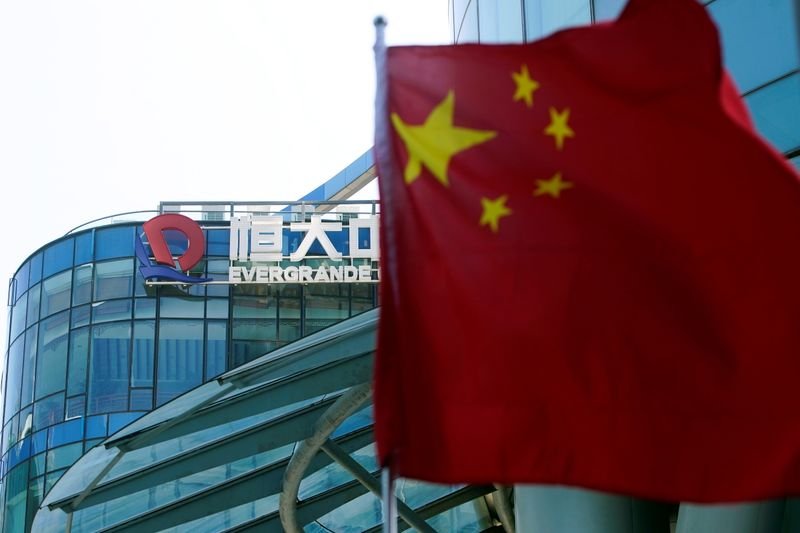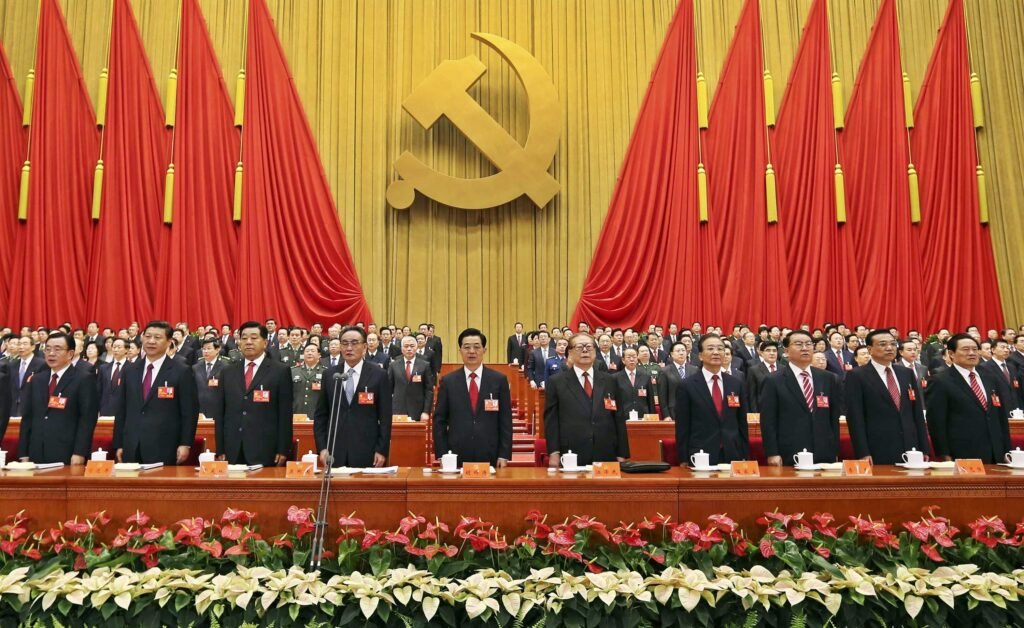As 2023 draws to a close, the working class in China finds itself at a pivotal moment. This year has been marked by economic hardship, political repression, and widespread social discontent, but also by a significant resurgence in class struggle. While the ruling Chinese Communist Party (CCP) continues to claim dominance, the events of the past twelve months have shown that the workers are beginning to recognize their own power and potential to challenge the capitalist order.
In the wake of the COVID-19 pandemic and the subsequent lockdowns, workers in China have increasingly been forced to bear the brunt of the country’s economic woes. Factional infighting within the CCP, mass youth unemployment, and the bursting of the real estate bubble have only intensified the ongoing crisis. Yet amid these challenges, the Chinese working class has shown signs of awakening, as collective action has surged across various industries. This year stands out as a turning point, one that signals the possibility of greater resistance and class consciousness in the coming years.
Economic Downturn and the Burden on Workers
The root of China’s social tensions in 2023 lies in its capitalist economy. While the CCP may cloak itself in socialist rhetoric, the reality is that Chinese capitalism has produced staggering inequality and hardship for workers. As long as the economy was growing, workers were able to tolerate the conditions imposed on them, but the economic downturn in recent years has exacerbated long-standing issues, such as wage theft, rising living costs, and rampant unemployment.
The collapse of major real estate companies like Evergrande has triggered a broader economic crisis, one that the ruling class is determined to pass onto the shoulders of the working class. In 2023, wage arrears became a widespread problem, with both private and state-owned enterprises failing to pay their workers on time. From August to October alone, China witnessed 226 collective actions by workers demanding their unpaid wages, and many of these protests have involved traditionally conservative sectors like state-owned enterprises (SOEs).
The crisis is not only economic but also political. Local governments, burdened by mounting debt, have imposed austerity measures on SOEs, cutting wages and benefits for workers. This has driven even the most conservative sections of the workforce into radical action, as they have come to realize that their livelihoods are at stake. As the economic crisis deepens, workers across various industries have shown that they will not stand idly by while their wages and rights are eroded.
Workers Begin to Organize
One of the most significant developments in 2023 has been the spontaneous formation of embryonic trade unions. In several cases, workers have banded together to organize strikes and protests, recognizing that only through collective action can they defend their interests. These fledgling organizations, though still in their early stages, are laying the groundwork for a more robust and unified workers’ movement in China.

For example, sanitation workers in Wafangdian, Dalian, went on strike earlier this month over unpaid wages, leaving the city covered in rubbish. This action demonstrated the critical role that workers play in maintaining society and the power they hold when they collectively withdraw their labor. Such actions have inspired other sectors to follow suit, as workers increasingly realize that they must organize independently of the CCP-controlled unions.
A Year of Growing Social Tensions
2023 has been a year marked by growing social tensions, with the CCP struggling to contain the discontent spreading throughout the country. As China’s economic crisis worsens, the contradictions within society have sharpened. The bourgeoisie, the CCP bureaucrats, and the ruling elite have all shown themselves to be incapable of resolving these crises, as they remain committed to preserving the capitalist order at the expense of the working class.
In response, the CCP has attempted to maintain social control by promoting conservative values, urging young people to marry, buy homes, and conform to traditional family roles. However, these efforts have largely fallen flat, as many young workers have chosen to “lie flat,” rejecting the pressures of a high-cost, low-reward lifestyle. The reality for many is that economic conditions are so dire that they simply cannot afford to meet the expectations placed on them by the state.
The Road Ahead: Intensified Class Struggle
As we look ahead to 2024, it is clear that the class struggle in China is entering a new and volatile phase. The events of 2023 have shown that the working class is beginning to shed its illusions about the CCP’s ability to deliver on its promises of prosperity. As wage arrears, layoffs, and inflation continue to take their toll, more workers are realizing that the capitalist system in China is fundamentally unsustainable.

Lenin once wrote that a revolution occurs when it becomes impossible for the ruling class to continue ruling in the old way, and when the working class can no longer tolerate its conditions. In China, both of these preconditions are ripening. The ruling CCP is mired in internal purges and factional struggles, while the working class is increasingly unable to survive under the weight of the economic crisis.
The path forward for the Chinese working class is clear: it must organize independently and fight for a socialist alternative to capitalism. The formation of trade unions, the spread of strikes, and the growing political radicalization of workers all point to the potential for a revolutionary movement to emerge in the near future. Only through the socialization of the means of production under workers’ control can the contradictions of capitalism be resolved, and only then can the working class take control of its destiny.

